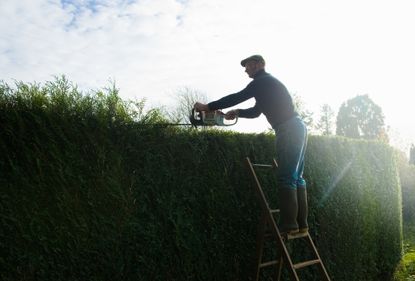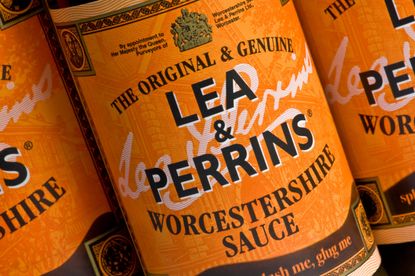Curious Questions
-
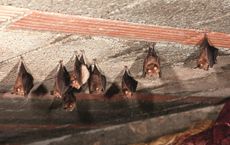
Curious Questions: What should you do if bats take up residence in your roof?
Watching bats flit across the night sky might be captivating, but their presence can be a challenge for the homeowners in whose roofs they roost. Jane Wheatley reports on what to do if a colony has taken up residence.
By Jane Wheatley Published
-

When did Stir-up Sunday first begin?
On the last weekend before Advent, families gather to make Christmas pudding on the day we know as Stir-up Sunday. But when did we start giving it that name? With Stir-up Sunday 2023 falling on November 26th, Neil Buttery takes a look.
By Country Life Published
-

The penny-farthing rider who made a 400-mile trek across war-torn Ukraine
Is it still possible to use a penny-farthing today? The answer is an emphatic yes, at least if you're former Special Forces officer and adventurer Neil Laughton. He rode his Victorian high wheeler for 400 miles across war-torn Ukraine, doing everything from making pizza for local children to raising money for charity. Here he tells his tale.
By Neil Laughton Published
-

Fifty of shades of green: The sex lives of plants
Plants have developed surprising ways of spreading their seed, says John Wright, as he explores the unusual and risqué manner in which some species reproduce to answer one of botany's oldest questions: how do plants have sex?
By John Wright Published
-

Curious Questions: How did they come up with the numbers for shoe sizes?
If you've ever wondered why a six is a six and a ten is a ten, so has Martin Fone. He decided to find out how we came to settle on the shoe size numbers we use today.
By Martin Fone Published
-

Why has it been a bumper year for British berries?
The sunny, yet wet summer might have been a dampener at the time, but the resulting autumnal berry haul is a feast for mice and men, says John Lewis-Stempel.
By John Lewis-Stempel Published
-
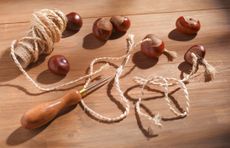
Curious Questions: How to win at conkers
Few games rival conkers for sheer excitement. Simon Lester ponders the merits of round-topped nuts versus flat-sided cheesers and exposes the nefarious tricks some use to win at all costs.
By Simon Lester Published
-

Curious Questions: Why did London never have a building to rival the Eiffel Tower?
England and France competed fiercely for bragging rights in the 19th and early 20th centuries — but no version of France's most famous building ever came to fruition. That wasn't for the lack of trying, though, as Martin Fone discovers.
By Martin Fone Published
-
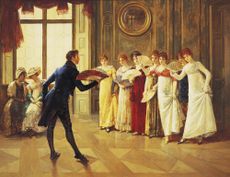
Curious Questions: Did English ladies really have a secret 'language of fans'?
Did ladies' fans in 18th and 19th century England carry hidden meanings? Many at the time certainly seemed to think so, and Martin Fone delves in to the history books and discovers that 'so shall each passion by the fan be seen, from noisie anger to the sullen spleen.'
By Martin Fone Published
-

Curious Questions: Why do leaves change colour in Autumn? And why do some go yellow while others are red, purple or brown?
The riotous colours on the trees around us are one of the highlights of the year — but why do leaves change colour in Autuumn? Mark Griffiths explains.
By Mark Griffiths Published
-
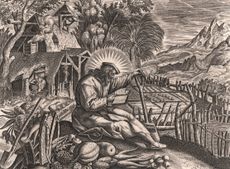
Curious Questions: What is a garden hermit?
Martin Fone takes a look at the curious history of the hermits who spent years living happily in the grounds of country houses, perhaps the ultimate garden folly.
By Martin Fone Published
-
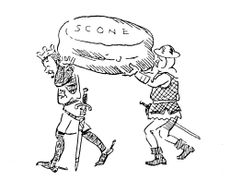
Curious Questions: What is the Stone of Scone?
Shrouded in myth and mystery, the unremarkable-looking Stone of Scone — the ancient symbol of Scottish sovereigns — still plays a significant role in the coronations of British monarchs, says Matthew Dennison.
By Matthew Dennison Published
-
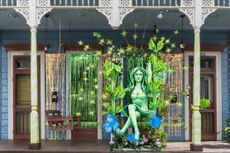
Curious Questions: Why was absinthe banned?
Absinthe is almost unique among alcoholic spirits for having been outlawed in even some of the world's most liberal countries — but how did that happen? Martin Fone traces back the story to find the tales of debauchery, hallucination and even murder that once gave the drink its bad name — and looks at how it's returned to prominence.
By Martin Fone Published
-
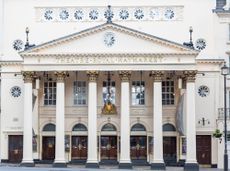
Curious Questions: Why was John Nash, London's most celebrated architect, despised in his own lifetime — and for decades afterwards?
John Nash is the man responsible for London's most beautiful buildings — yet he was once as reviled as he is now revered. Carla Passino retraces his life to see how his star rose, fell and rose again.
By Carla Passino Published
-
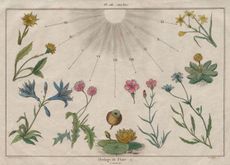
Curious Questions: What is Linnaeus’s Flower Clock?
Martin Fone takes a look at one of the most ingenious uses of plants ever imagined by mankind: Linnaeus’s Flower Clock.
By Martin Fone Published
-

Curious Questions: Who came up with Gentleman’s Relish?
Martin Fone takes a look at one of the all-time great toast toppers: Gentleman's Relish.
By Martin Fone Published
-

Why are there so many magpies?
Magpies seem to be flourishing, so much so that seeing 'one for sorrow' is more often closer to '11 for a football team'. Martin Fone looks at why these hugely intelligent birds are thriving, and considers why they're so often at the centre of our superstitions.
By Martin Fone Published
-
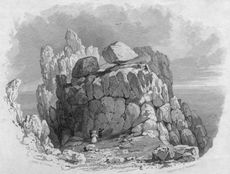
Curious Questions: Who dislodged Britain's most famous balancing rock?
A recent trip to Cornwall inspires Martin Fone to tell the rather sad story of the ruin and restoration of one of Cornwall's great 19th century tourist attractions: Logan Rock at Treen, near Land's End.
By Martin Fone Published
-

Curious Questions: Do Panama hats actually come from Panama?
As supple as an Olympic gymnast and as uncrushable as the bulldog spirit, the Panama hat has long been a staple of the British gentleman’s summer attire. Harry Pearson takes a look at them, and answers the burning question: do Panama hats come from Panama?
By Harry Pearson Published
-

Curious Questions: Are heat pumps actually worth it?
Mention heat pumps and you'll get a decidedly mixed reaction — but do the sums actually add up? Lucy Denton investigates.
By Lucy Denton Published
-

Curious Questions: Why do stars twinkle?
'Twinkle twinkle little star' isn't just a nursery rhyme: it's an astronomical phenomenon. But what causes it? Martin Fone takes a look at why stars twinkle.
By Martin Fone Published

